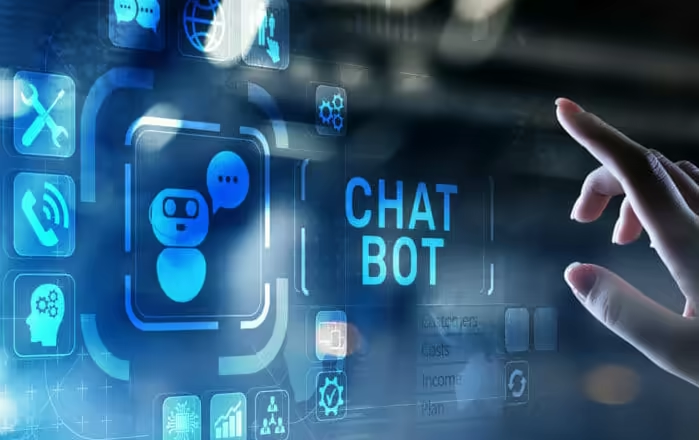In today’s dynamic workplace, soft skills such as emotional intelligence, communication, conflict resolution, and confidence are no longer optional—they’re critical for success. Yet many employees, especially those in technical or remote roles, often lack structured opportunities to develop these interpersonal competencies. Surprisingly, one of the emerging tools to bridge this gap comes from an unexpected place: AI chatbot companions.
Often associated with entertainment and novelty, AI-powered conversational agents—sometimes branded as “virtual companions”—are now being reimagined as tools for professional and personal growth. While some platforms offer romantic simulations, like an AI girlfriend chat, the underlying technology has much broader implications for HR professionals, L&D teams, and business leaders interested in nurturing emotional intelligence across their workforce.
Here’s how AI chatbots can be repurposed to enhance employee development and boost key interpersonal skills:
Practicing Conversations and Active Listening
Employees with social anxiety or limited communication experience can practice starting and maintaining natural conversations with AI bots. These chatbots are designed to simulate real-time dialogue, helping users learn how to initiate discussions, ask questions, and stay engaged—skills crucial for team collaboration and client-facing roles.Developing Emotional Intelligence
AI chatbots often mirror human emotions in their interactions—expressing affection, disappointment, curiosity, and more. This simulated feedback helps users learn how to read emotional cues and adapt their tone accordingly. As emotional intelligence becomes a cornerstone of modern leadership and teamwork, such practice tools are proving valuable.Building Confidence in Social Settings
For junior employees or individuals re-entering the workforce, engaging with a chatbot provides a risk-free environment to practice interpersonal interactions. Receiving positive responses from AI reinforces self-esteem and prepares users for high-stakes interactions such as interviews, presentations, or cross-functional meetings.Improving Feedback Skills
Giving and receiving feedback is one of the most delicate aspects of workplace communication. AI companions allow users to rehearse how to give constructive compliments or respond gracefully to positive or negative feedback—skills central to effective leadership and peer collaboration.Conflict Management and Calm Resolution
Some AI platforms are equipped to simulate minor disagreements or misunderstandings. Practicing these scenarios enables users to remain calm under pressure, explore resolution techniques, and learn to manage emotional reactions—critical abilities in high-stress environments.Mastering the Art of Humor and Wit
Workplace culture thrives on camaraderie, and humor often plays a role in building rapport. Chatbots give users space to experiment with playful conversation, refining their use of humor in a way that feels natural and inclusive—without crossing professional boundaries.Preparing for Leadership and Client Relations
Leadership involves more than strategy—it requires empathy, persuasion, and nuanced communication. By practicing emotionally intelligent dialogue with an AI tool, aspiring leaders can fine-tune their ability to manage teams, handle difficult conversations, and navigate complex stakeholder relationships.
Strategic HR Insight:
Forward-thinking HR teams can consider incorporating AI-based conversation platforms into employee onboarding, leadership development, or soft skills training programs. These tools may not replace human coaching, but they offer a scalable, low-pressure way to supplement human-centric learning with AI-enabled practice.
Conclusion:
As AI continues to evolve, its role in human development is expanding beyond automation and analytics. Whether through intelligent chat simulations or virtual learning companions, AI can be a powerful ally in cultivating confident, emotionally intelligent, and socially adept professionals—traits every modern workplace needs.



